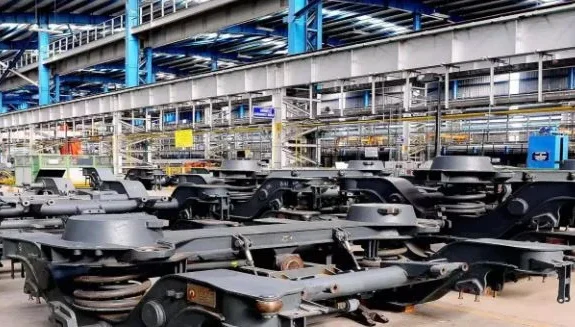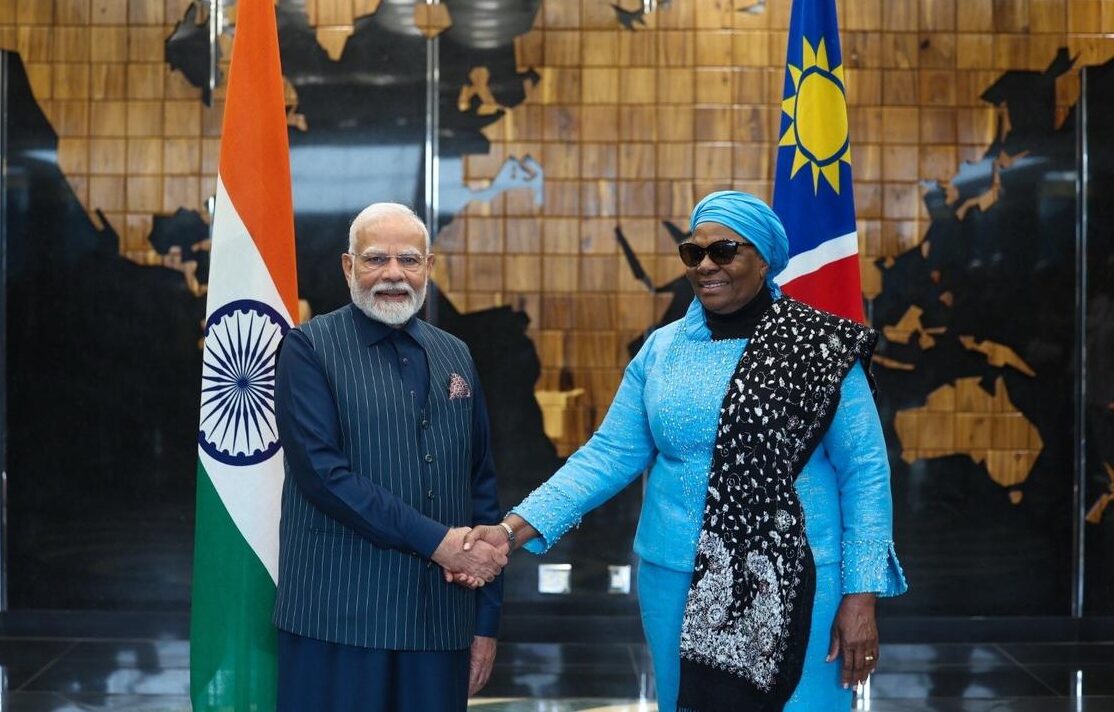According to former US diplomat Daniel Russel, Beijing changes its approach in the US-China trade war by opting to “outlast” the economic fight rather than trying to win it as reported by IANS. His statement comes after both countries had already placed record high tariffs on one another, creating even more friction between the world’s two largest economies.
The US’s most recent increase of tariffs on imported Chinese goods to 145 percent was followed by a retaliatory 125 percent tariff on US products by Beijing. The situation has practically paralyzed trade in goods between the two countries, and analysts are cautioning that there could be dire impacts on global trade for decades.
Daniel Russel, former Assistant Secretary of State for East Asian and Pacific Affairs and currently Vice President at the Asia Society Policy Institute (ASPI), stated that China’s decision to “ignore” any future tariff hikes reflects a shift in approach.
“By declaring it will ‘ignore’ future U.S. tariff hikes, Beijing is not trying to win the trade war — it’s trying to outlast it and outmaneuver Trump,” Russel remarked.
He added that China’s broader goals include stabilizing its domestic economy, expanding its diplomatic influence, and encouraging US allies to “hedge” — a reference to countries reconsidering their trade dependencies amid growing economic uncertainty.
As part of its regional strategy, Chinese President Xi Jinping is set to visit Vietnam, Malaysia, and Cambodia in an effort to solidify economic and political ties in Southeast Asia. Analysts see this as a counterbalance to what they describe as Washington’s increasingly confrontational trade policies.
Wendy Cutler, another ASPI vice president and former US trade negotiator, noted that Beijing has likely exhausted its retaliatory tariff options.
“China has reached the end point in tariff retaliation, possibly indicating it has other tools at its disposal should the US escalate further,” Cutler stated.
She emphasized that the current tariff regime — 145% for Chinese goods entering the US and 125% for American products going into China — could be unsustainable over time.
“At some point, both countries may need to reengage and find a way to manage the situation before it causes long-term damage,” she said.
Meanwhile, The Wall Street Journal reported that the Trump administration is pursuing “ad hoc” tariff agreements with over 70 countries. Citing former US Ambassador to Japan Bill Hagerty, the report noted that Washington may seek written commitments rather than formal trade deals.

























